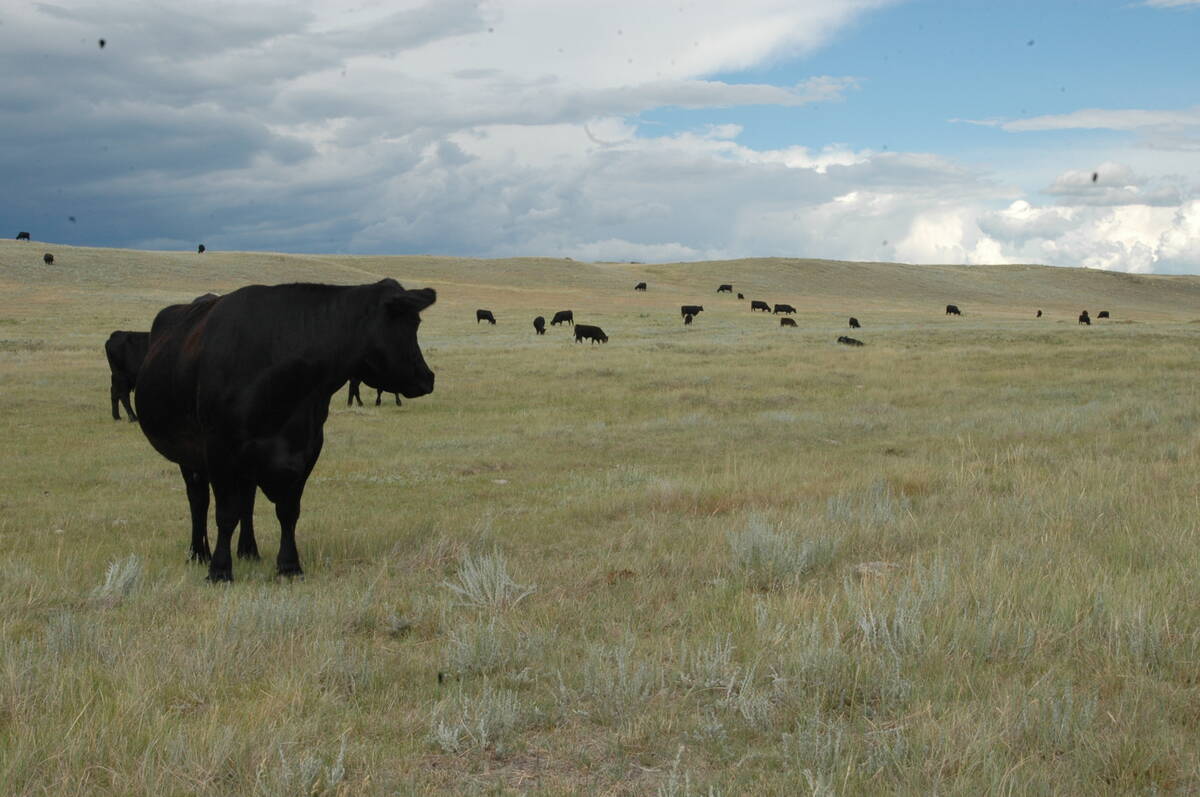Lead toxicity is one of the most common toxicological events that affect beef cattle herds.
The Western College of Veterinary Medicine’s disease investigation unit has worked with local veterinarians and producers to investigate these outbreaks. Here is an example of a particularly severe outbreak.
A herd of 140 cows was turned out to pasture in spring. The owner had recently acquired the use of a new pasture area for these cows. Unfortunately, the owner was unaware that old batteries had been disposed of on this pasture.
Read Also

Saskatchewan Cattle Association struggles with lower marketings
This year’s change in the provincial checkoff has allowed the Saskatchewan Cattle Association to breathe a little easier when it comes to finances.
Shortly afterward, some of the cows were found dead and some were exhibiting severe neurological signs. The local veterinarian diagnosed lead toxicity, which was confirmed with blood tests from a few affected animals.
Forty cows died from lead toxicity from the acute exposure. Some animals that exhibited neurological signs did survive.
The old batteries were removed and the cows and calves were taken off pasture in fall.
The owner was concerned that some of his animals might still have high blood lead levels and did not want to send any of them to slaughter.
The local veterinarian took blood samples from all of the remaining cows and submitted the samples to the toxicology laboratory at Prairie Diagnostic Services. Six cows had blood lead levels of more than .1 part per million, which is deemed unacceptable for slaughter. Several of them did not even exhibit signs of lead toxicity at the time of the outbreak.
This has been a common finding in many of the lead toxicity outbreaks in which we have been involved. Cows that don’t show clinical signs may still have high blood lead levels.
All of the calves were now in a feedlot, and the local veterinarian tested them for lead in January. None of them had blood lead levels even approaching the .1 p.p.m. cut-off level and only one had a blood lead level of .04 p.p.m.
It is interesting to note that the calf with the highest blood lead level did not have a dam with an elevated blood lead level.
Veterinarians are often asked to test animals only if they have exhibited clinical signs, but many animals may survive or show minimal clinical signs and still have unacceptable blood lead levels.
Lead is excreted in the milk, and it’s possible for calves to have elevated blood lead levels if they are suckling from cows with prolonged elevated lead levels. However, there was no evidence of this occurring in this particular outbreak.
The half-life of blood lead has been reported to be variable. Some studies have suggested it is as low as 10.5 days, while other studies have calculated much higher half-life values.
The higher estimates are probably the result of particulate matter of lead remaining in the reticulum (first stomach), which allows lead to be slowly absorbed over time and prolonging the half life.
The six cows that had blood lead levels higher than .1 p.p.m. five months after exposure probably had particulate lead material in their reticulum, which caused their blood lead levels to be persistently high. Blood lead levels may not be an ideal indicator for tissue lead levels, but it is the only available test for live animals.
This investigation demonstrates the importance of testing animals for lead levels following an outbreak of lead toxicity. Animals that may appear clinically normal, or that survived the initial clinical episode, may still have unacceptable lead levels following a prolonged period of time.
The cost of testing a large number of animals for blood lead levels can be prohibitive to a producer who have already sustained a serious economic loss with a large number of cows dying. However, the food safety implications of these exposures cannot be ignored.
Provincial funding is available in some provinces that may help with the laboratory costs for this important food safety issue.














